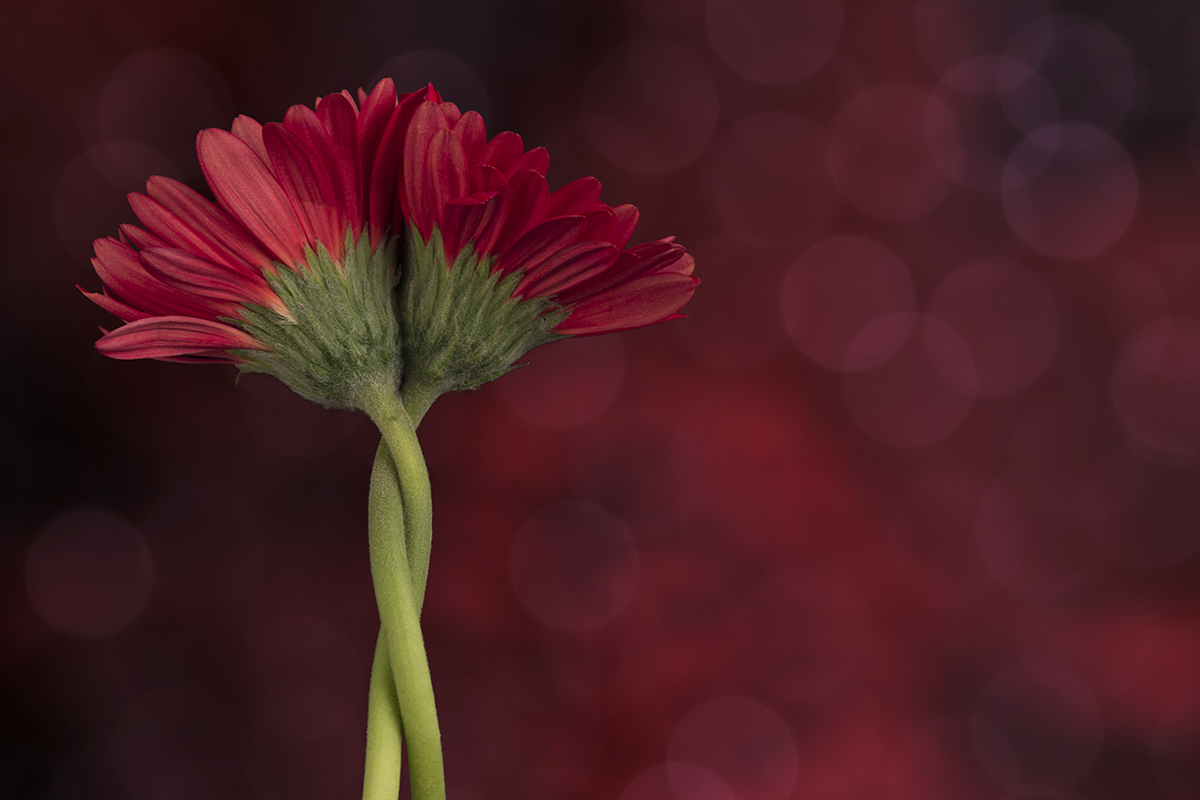“I have a dream.”
In 1963 Martin Luther King Jr delivered one of the best-known speeches in history; the words ‘I have a dream’ are still linked to the vision he shared that day. Martin Luther King described a world where his children would be judged by the content of their character, rather than the colour of their skin.
The idea that an African American citizen could become President of the United States would have been dismissed as dreaming, but Martin Luther King’s dream became the reality created by the community, voting for their vision.
Our dreams and visions for the future are essential for navigating through life; because they give us a direction. Moving towards a destination that excites and inspires us, puts wind in our sails, energises our journey, strengthens our determination to overcome obstacles.
Inspiration is often thought of as a fleeting experience, but it is a skill and practice that can be learned for going into the adventure.
From an early age we are schooled in a worldview that values facts over imagination. Daydreaming during class is discouraged. The skill of visioning is undervalued. Dreamer is a dismissive term used when someone’s ideas are considered unrealistic.
With decades of research into how the brain works, we are beginning to understand that our two cerebral hemispheres function in different ways. While the left side thinks in words and rational logic, the right side works with images and patterns, to help integrate complex information and to sense the larger shape of things.
As our educational system focuses on words and numbers, it is as though we are being taught to only half our brain. The first step in developing our visioning ability is to recognise it as a form of intelligence that is valuable and can be learned.
When we are moved by a vision we share with others, we are part of a community with common purpose. Consider how many important aspects of our reality started out as someone’s dream. There was a time when women were not allowed to vote; a time when slavery was accepted as part of the economy.
To change something we need to hold in our mind and heart the possibility that things could be different. All things are created twice; first the mental then the physical creation. What comes before how. Begin with the end in mind.
Imagining possible futures is a surefire way to develop foresight. If we are only interested in facts, we limit ourselves to looking at what has already happened. As we can’t know for sure what will happen, we consider possibilities, applying our experience, awareness of trends, and our imagination.
Experience equips us well for dealing with familiar situations, but our imagination is essential for formulating creative responses to new challenges. Our intention in the creative phase is to catch a vision so compelling that it touches us emotionally. When what we hope for seems beyond our power we are likely to hear a voice inside us saying, ‘There’s no point in even thinking about this; it just isn’t going to happen.’ To remain motivated during difficult times, we need to really want our vision to happen. That’s what Active Hope is all about.
From Active Hope © 2012 by Joanna Macy and Chris Johnstone, published by New World Library.







